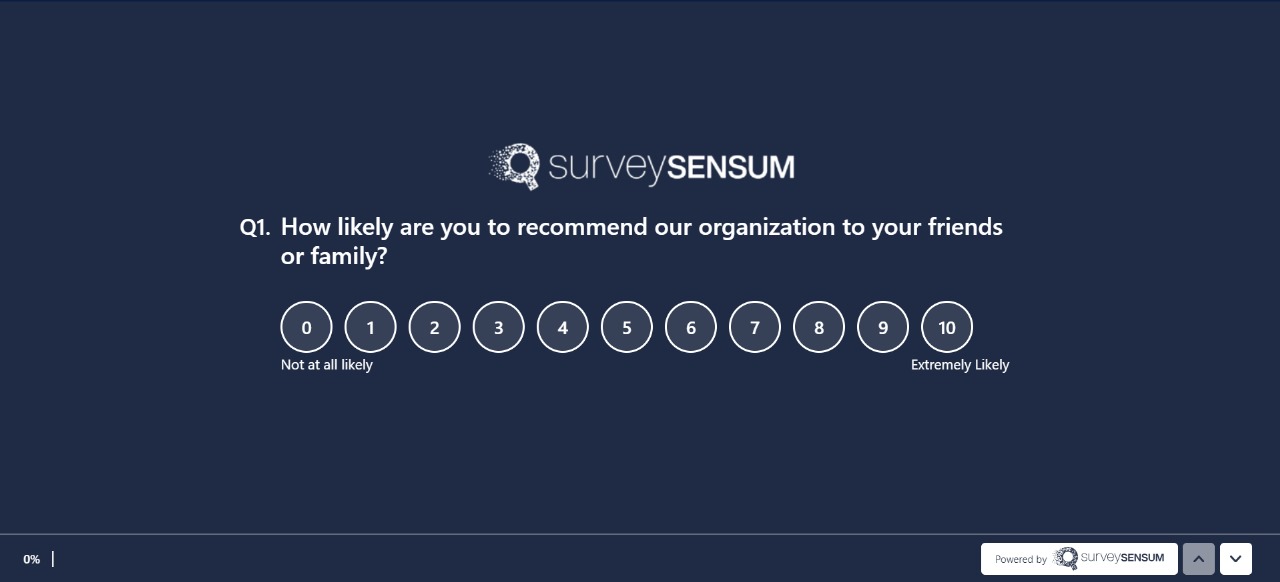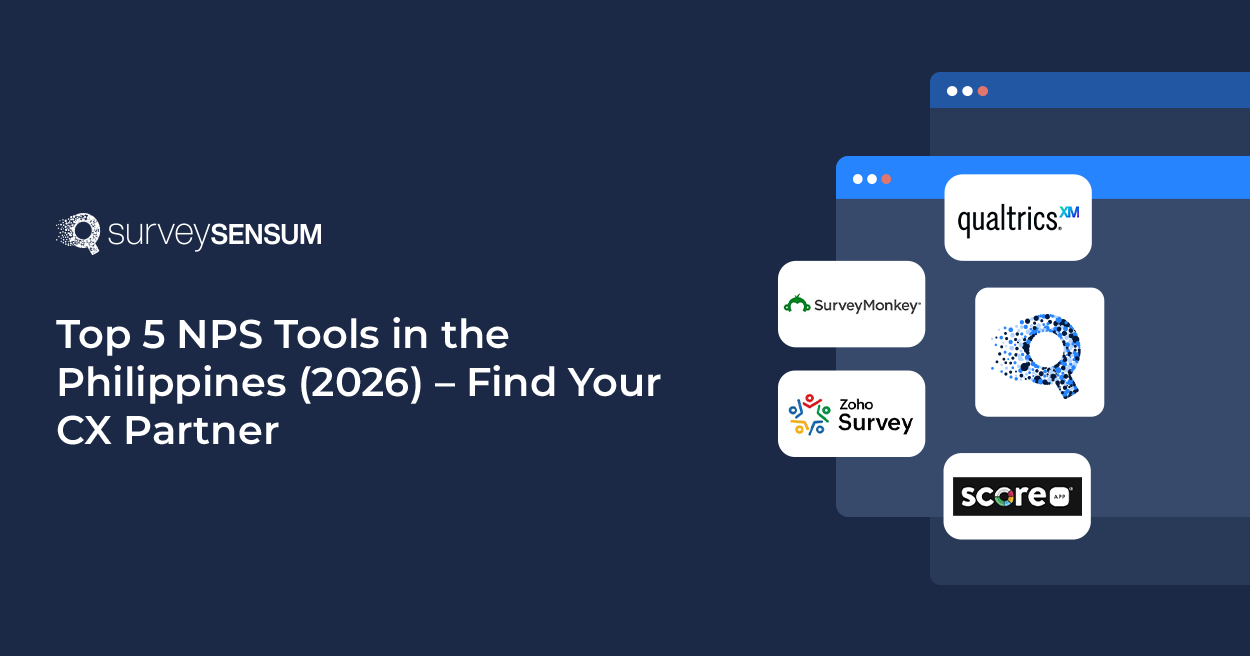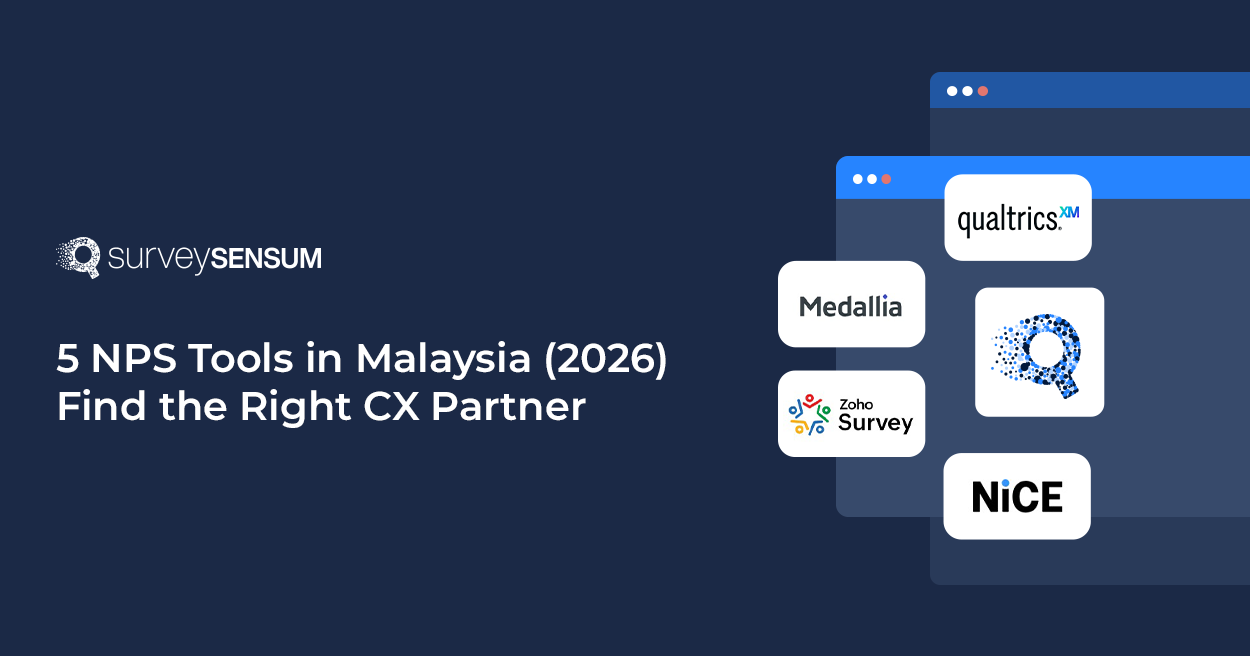

$450 – 550 billion.
Any idea as to what exactly these staggering figures indicate? As per a Gallup study on workplace engagement, this is the financial toll that organizations in the U.S. endure due to low employee engagement rates. Yes, you heard it right. A loss of $450-500 billion each year!
Employee engagement is therefore no trivial matter and you need to keep your workforce satisfied to boost the same. Why? Due to this simple logic – Employee satisfaction fuels engagement. Only a satisfied employee will truly engage in their work, consider your organization’s goal as their own, and work loyally to grow your business.
Now, comes the key question:
How do you measure employee satisfaction to take the right measures to keep your workforce engaged?
Let’s find out as we explore the 5 most effective ways to measure employee satisfaction. Furthermore, let’s also discuss how an employee feedback tool can up your game.
What is Employee Satisfaction?
Employee satisfaction refers to how happy or content your employees are with their job or the organization overall. It encompasses their satisfaction with various aspects of their job like opportunities for career growth, competitive salary, working conditions, perks, and interpersonal dynamics. A competitive salary is one of the key elements for the satisfaction of employees. For competitive salary information, the salary calculator is a handy tool. The employees should be according to the international standard or rate. The calculator online does assist HR in finding the competitive rate for hiring employees. It is also essential to recruit talented individuals in your organization.
But, Why Should You Measure Employee Satisfaction?
Obtaining employee satisfaction measurements at regular periods can help you get a clear picture of how your employees perceive your organization. That is not all, it also guides you towards improving crucial areas of business like:
1. Employee Retention
The voluntary quit rate of employees has gone up by 25% ever since the pandemic. Hiring new talents demands a lot of time, money, and effort. Many industries, like retail, even use retail hiring software to handle high turnover rates efficiently. Therefore, it is crucial to retain your existing team by keeping them happy and content. Measuring employee satisfaction regularly can reveal how content your team is and help you make improvements to boost retention.
2. Employee Engagement
As mentioned earlier, a satisfied employee is more likely to be engaged in their work. An engaged workforce is way productive and can increase company profitability by 21%. Therefore, measuring workforce satisfaction and enhancing employee experience is crucial in boosting their engagement.
3. Employee Recruitment
Employee satisfaction influences employee recruitment. Happy employees tend to share positive feedback about your company through word of mouth or online reviews on platforms like Google Reviews and Glassdoor. For this reason, many global recruitment platforms themselves keep track of employee satisfaction.This can attract more qualified candidates and boost the number of applications for your company, thus expediting your recruitment process.
4. Company Culture
A good company culture is essential to keep your existing and future staff happy. You need to continuously enhance your work culture to create a positive environment for your employees to work and thrive. Measuring employee satisfaction will help you gain valuable insights into your company’s culture, enabling you to make the right decisions. Consider switching payroll providers to improve efficiency and drive more employee satisfaction. To make informed decisions about payroll management, it’s important to choose the right tools. G2’s expert-reviewed guide on the best payroll software explores top solutions that can help businesses streamline payroll processes, reduce administrative workload, and enhance employee satisfaction.
Measure employee satisfaction effectively and enhance workplace happiness
But, the key question remains – how to measure employee satisfaction level effectively? Let’s see!
How to Measure Employee Satisfaction: 5 Super-Effective Methods
Measuring employee satisfaction is no longer an option but a necessity. A company can flourish only if its employees are satisfied and engaged. That being the case, you need to use the most effective methods to measure staff satisfaction. Here are the 5 methods to measure employee satisfaction.
1. Employee Satisfaction Survey

An employee satisfaction survey is a simple but effective method to gauge employee satisfaction. Such a survey is conducted on an annual or bi-annual basis. Therefore, it is longer and has more in-depth questions to help companies get a broad but clear snapshot of employee sentiments. You can use HR software to track employee satisfaction and performance, making it easier to analyze the data and implement necessary changes based on the survey results. Intranet software can also play a powerful role in encouraging open dialogue and transparent communication, and tracking usage of wellness resources, training materials, and enabling feedback loops on content.
You can curate a list of both open-ended and close-ended questions for such a survey. Here are a few examples of employee satisfaction survey questions. You can create similar questions that give you reliable answers.
“How often do you feel stressed at work?”
“Do you have enough opportunities to showcase your skills at work?”
“How well does the organization support your work-life balance?”
“How satisfied are you with your work overall?”
Now, when you set up the survey, ensure you cover multiple workplace issues that concern job satisfaction, compensation, employee benefits, managerial efforts, stress management, and career progression. You could also customize surveys to cater to each department of your organization to gather and narrow down the insights.
2. Pulse Surveys

Pulse surveys are easy and quick surveys that are meant to measure employee satisfaction and engagement. These surveys help you gain employee feedback on your organization and its culture, through a continuous sequential approach. Typically conducted monthly or quarterly, pulse surveys are short, containing approximately 5-10 questions. Since these surveys barely demand 5 min, employees will be encouraged to complete the surveys. Now, higher completion rates mean reliable survey results, which in turn translates to better decisions. Here are a few examples of pulse survey questions:
“To what extent are you satisfied with your current role?”
“How would you rate the strength of teamwork and collaboration within your team?”
“How much do your opinions about work matter to your Manager?”
“How clear and open do you find the communication channels within the organization?”
3. eNPS Surveys

eNPS (Employee Net Promoter Score) is the most popular employee satisfaction metric companies use globally. eNPS is nothing but a scoring system or metric used to measure employee satisfaction and loyalty within an organization.
eNPS surveys boil down to one comprehensive question.
The employees can then score your company according to their level of satisfaction and loyalty. You can also add a single text box below asking your employees to state the reason behind their scores.
Now after receiving the scores, you can segregate them into three categories namely:
- Promoters (scored 9 or 10): Promoters are your loyal employees who are happy with their job. They will be more than ready to entice new hires to your organization through positive reviews.
- Passives (scored 7 or 8 ): Passives have very neutral views about your company. But mind you, they are likely to jump ship if they get a better opportunity. Make it a point to ask them the reason behind their scores and what improvements the company can implement.
- Detractors (scored 0 through 6): Detractors are employees who are extremely dissatisfied with your company. Do make sure you address their concerns promptly and make them feel valued again to prevent potential turnovers.
Now, that we have grouped employees based on the survey scores, it’s time to find the eNPS score. Here’s how.
You are bound to get an eNPS score between -100 and 100. Generally, positive eNPS scores are considered good while negative ones are unfavorable. However, the true significance of your eNPS score can be found only by comparing it with your industry average.
Optimize employee satisfaction with Surveysensum’s full-fledged eNPS surveys
4. Calculate the Employee Satisfaction Index
Employee satisfaction index or ESI is an emerging employee satisfaction metric that assesses your team’s satisfaction with their workplace. ESI is usually calculated from the values derived from employee responses to rating questions like:
- Rate on a scale of 1-10 as to how satisfied are you with your salary.
- Does your job meet your expectations? Rate on a scale of 1-10.
- On a scale of 1-10, how happy are you with the work culture?
After curating the survey, you can add a percentage weight to each question according to their relevance.
“For instance, you can assign a weight of 50% to the question based on salary, 20% to the question on job expectations, and 30% on work culture.”
After sharing the survey and gathering the results, you can use the following formula to calculate your ESI.
This metric helps you identify how satisfied employees are with specific aspects of their workplace, while also giving you an overall picture of employee sentiments. The higher the ESI score, the more satisfied your employees are.
5. Analyze Absenteeism Rates and Turnover Rates
Absenteeism rate and turnover rates are metrics that let you measure employee satisfaction without having to use any surveys. Why analyze these metrics? Because absenteeism and turnover rate are potential indicators of dissatisfaction at work.
So, let’s see how you can calculate absenteeism and turnover rates.
Similarly, you can calculate the turnover rate of your company:
If any of these employee satisfaction metrics are high in your organization, then it evidently means that your employees are not happy with their workplace. Conduct quick chats, one-to-one interviews, team meetings, or in-depth surveys to uncover and fix the underlying issues.
Translate Employee Satisfaction Measurements into Powerful Decisions with an Employee Feedback Tool
Measuring employee satisfaction is just half the battle. However, if it is a one-time thing, then consider it a lost battle. Why? Because you need to measure employee satisfaction in a continuous systematic sequence, to understand changing employee sentiments.
But is that enough? No. You need to deep dive; analyze results, identify gaps, address concerns, and take prompt actions to make your employees feel valued.
That being said, measuring employee satisfaction and analyzing the results manually can be very challenging for companies. Therefore, it’s best to invest in an employee feedback tool like SurveySensum.

With such a tool, you can measure employee satisfaction by simply automating surveys ranging from pulse to eNPS surveys. That’s not all. The AI-powered dashboard extracts insights from qualitative feedback to uncover underlying employee sentiments, thus helping you make actionable decisions to build a future-proof environment for your workforce.















